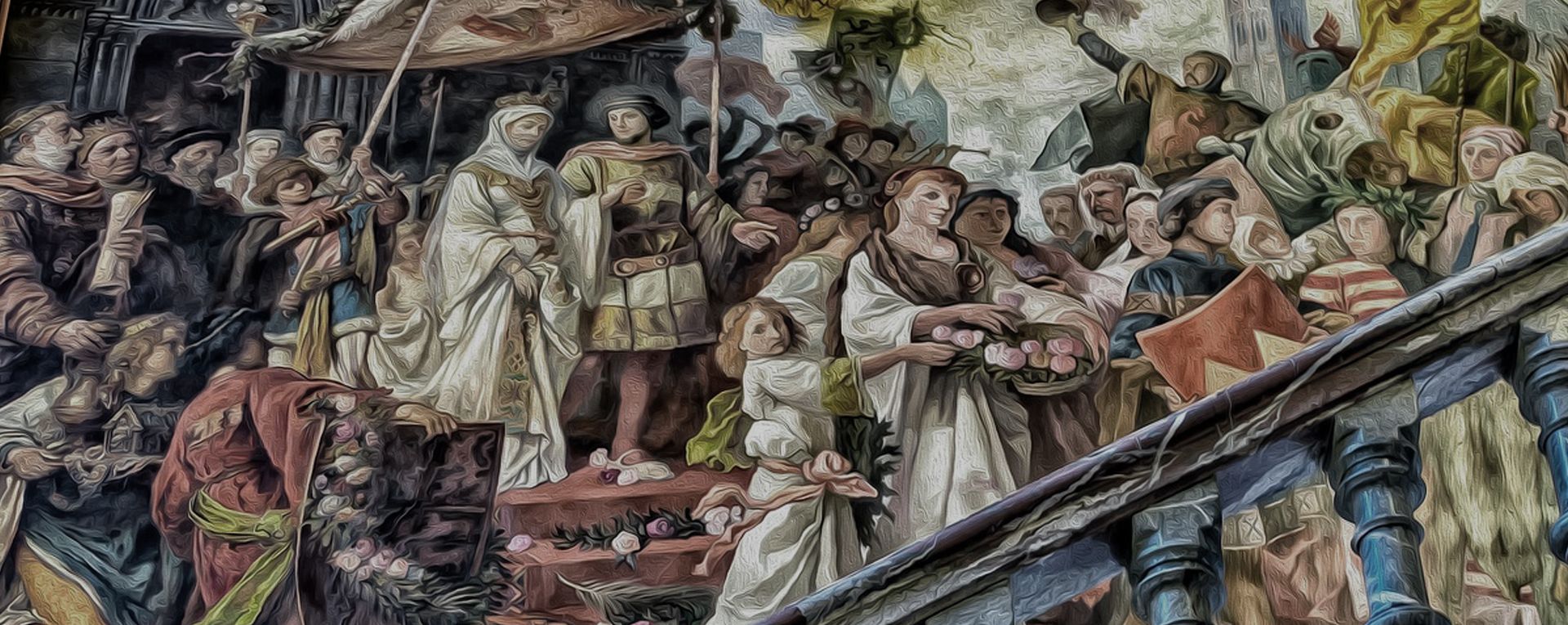-

Forward Savoy, but one at a time



“A generation plants trees; another takes the shadow. "
(Chinese proverb)

The events of the House of Savoy are too well known for a less than schematic synthesis to be attempted. Counts from the 10th century, in charge of controlling one of the crossings on the border between France and Italy; dukes of Savoy from 1416; in 1563 they decided to focus on Italian markets by moving the capital from Chambery to Turin. Having entered the disputes of the war of the Spanish succession, in 1713 they manage to become king of distant Sicily, but in 1720 they will exchange the title with that of the nearest Sardinia. Fortunately, the Napoleonic storms were overcome (Carlo Emanuele in 1799 had to transfer the court to Sardinia for some time, because Napoleon had taken Piedmont and Liguria). in the nineteenth century the Savoy family lucidly completed the plan to conquer the "Italian market", putting themselves at the head of the project of national unification of the Risorgimento. Carlo Alberto tries, defeated in Novara; then the baton passes to the sanguine Vittorio Emanuele II who will not even have the good sense to change the numbering of his name: he was the second king of Sardinia named Vittorio Emanuele. Unified Italy, skilfully combining Cavour's international diplomacy and the revolutionary magnetism of the socialist Garibaldi, the most was done. Umberto I reorganized the state and Vittorio Emanuele III found himself managing the two world wars, favoring the rise of Fascism in 1922. It was such a failed management that, in 1946, it lost everything its ancestors had managed to build in ten centuries. On more than one occasion - at court and also in the newspapers - it was said that there would be other members of the House of Savoy much more suitable to guide the fate of the dynasty and the country. The branch of the Savoy-Aosta, for example, with Emanuele Filiberto "the unconquered duke" of the Great War with his Third Army; or Amedeo, "the iron duke" of Amba Alagi, who later died a prisoner of the English; or Luigi Amedeo, the “Duke of the Abruzzi”, who was a mountaineer and explorer. But there was an ancient rule, shared by the whole family and made public only by Vittorio Emanuele III (who, from the first signs of crisis during the war started by Mussolini, was urged to step aside, to leave the role to Umberto and Maria Josè): “In the House of Savoy you can command one at a time”. The king did not want or could not give up the helm, a bit like the commander of the Titanic. As if to say: a rule that is too rigid, even if it has always worked in the past, is not the only possible nor necessarily the best one to follow. Strange, because there are other Turin houses, for example, which have shown much greater flexibility and intelligence every time they have had to face the family succession.
Studio Temporary Manager™ S.p.A.
Verona: Centro Direzionale E33 - Viale del Lavoro, 33 - 37036 S. Martino Buon Albergo - ITALY - Milano: Isola for S32 - Via Sassetti, 32 - 20124 - ITALY
Tel. +39 045 8012986 - studio@temporarymanager.info - studio@pec.temporarymanager.info - P.IVA e C.F. 04098760236 REA n.391855
Cap. Soc. euro 50.000 (int. vers.) - Autorizzazione del Ministero del Lavoro e delle Politiche Sociali I003S032229 iscritta alla sezione IV dell’Albo delle Agenzie del Lavoro
© 2024 Studio Temporary Manager™ - Privacy/Cookie Policy - Cookies preferences - Partners - All rights reserved.





